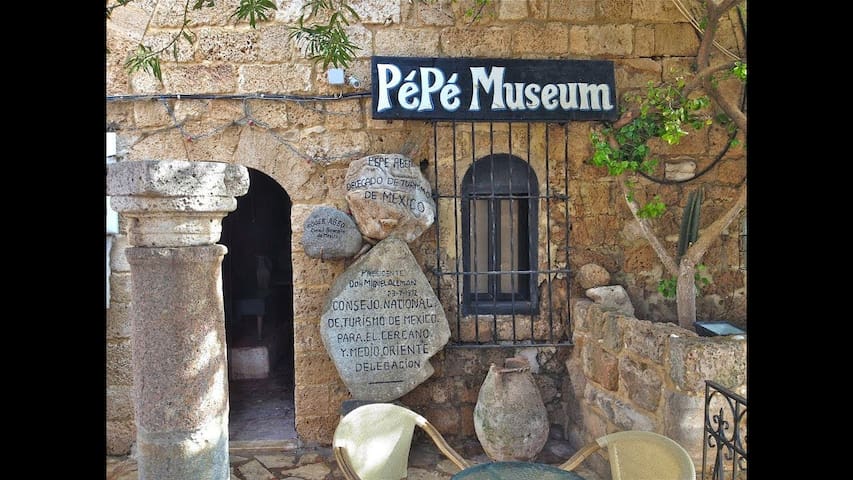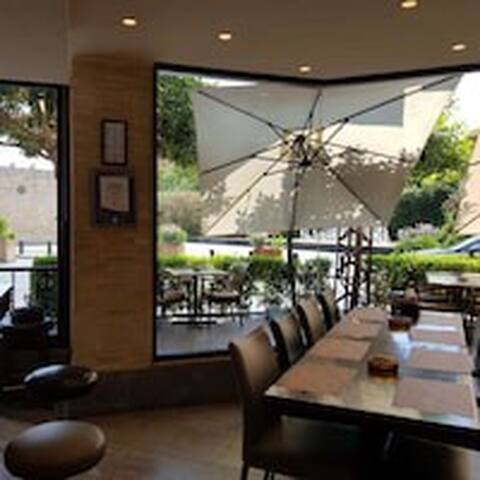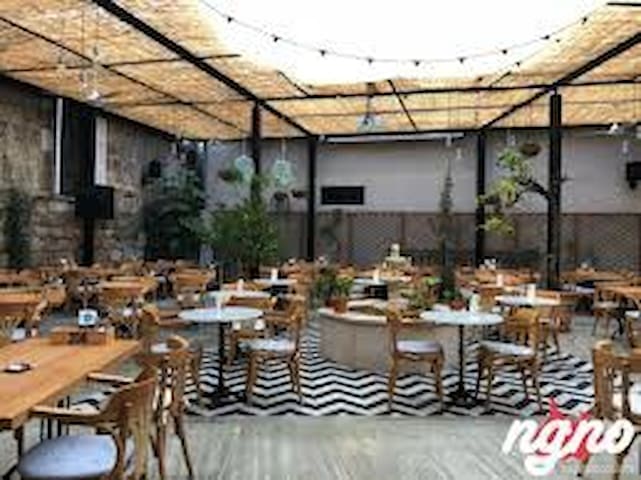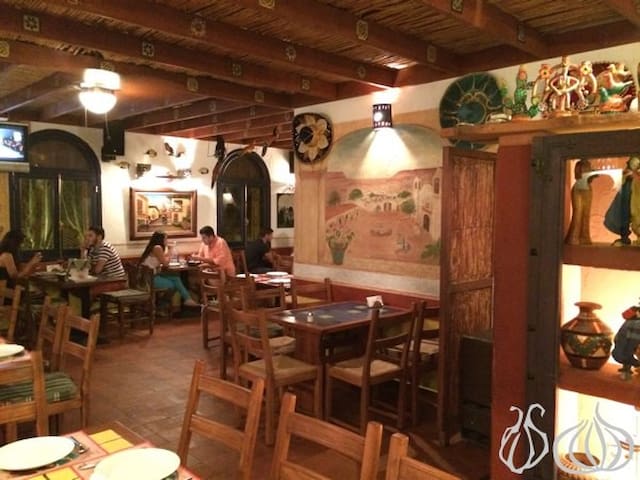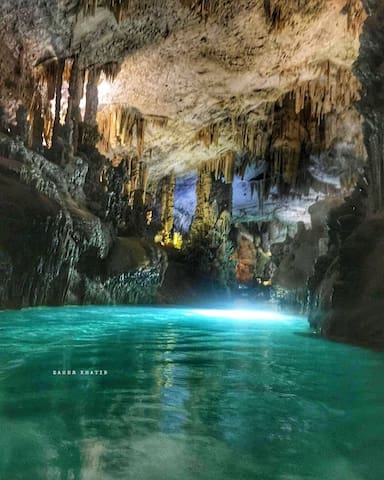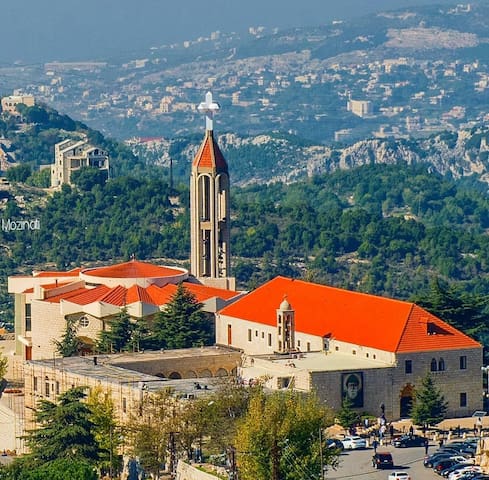MY FAVORITE RESTAURANTS
Babel Bahr
SEA FOOD
Mhanna Sur Mer
Bolero
Sapori E Vini
ITALIAN
Feniqia
LEBANESE CASUAL
malena garden
Hacienda de Pepe
Big Jockey
LEBANESE
القدوم
Khan Jbeil
OLD SUK LEBANESE
El Molino
Neighborhoods
ONLY 30 minutes drive JEITA Grotta was chosen as an official finalist representing Lebanon and selected as one of the 14 worldwide landmarks new7wonders of nature competition
Jeita
ONLY 30 minutes drive JEITA Grotta was chosen as an official finalist representing Lebanon and selected as one of the 14 worldwide landmarks new7wonders of nature competition
Byblos, known locally as Jbeil and in the County of Tripoli as Giblet is the largest city in the Mount Lebanon Governorate of Lebanon. It is believed to have been first occupied between 8800 and 7000 BC and continuously inhabited since 5000 BC, making it one of the oldest continuously inhabited cities in the world
83 locals recommend
Byblos
Byblos, known locally as Jbeil and in the County of Tripoli as Giblet is the largest city in the Mount Lebanon Governorate of Lebanon. It is believed to have been first occupied between 8800 and 7000 BC and continuously inhabited since 5000 BC, making it one of the oldest continuously inhabited cities in the world
Youssef Antoun Makhlouf was born on May 8, 1828, one of five children born to Antoun Zaarour Makhlouf and Brigitta Chidiac. They lived in the village of Bekaa Kafra, possibly the highest in the Lebanese mountains. His father, a mule driver, died in August 1831, returning from corvée for the Turkish army, leaving his wife a widow to care for their children. Later she remarried a man who went on to seek Holy Orders and became the parish priest of the village.[3]
Youssef was raised in a pious home and became drawn to the lives of the saints and to the hermit life, as was practiced by two of his uncles. As a young boy, he was responsible for caring for the family's small flock. He would take the flock to a grotto nearby, where he had installed an icon of the Blessed Virgin Mary. He would spend the day in prayer
Saint Charbel
Saint CharbelYoussef Antoun Makhlouf was born on May 8, 1828, one of five children born to Antoun Zaarour Makhlouf and Brigitta Chidiac. They lived in the village of Bekaa Kafra, possibly the highest in the Lebanese mountains. His father, a mule driver, died in August 1831, returning from corvée for the Turkish army, leaving his wife a widow to care for their children. Later she remarried a man who went on to seek Holy Orders and became the parish priest of the village.[3]
Youssef was raised in a pious home and became drawn to the lives of the saints and to the hermit life, as was practiced by two of his uncles. As a young boy, he was responsible for caring for the family's small flock. He would take the flock to a grotto nearby, where he had installed an icon of the Blessed Virgin Mary. He would spend the day in prayer
Saint John Marc Church - كاتدرائية مار يوحنا مرقس
Casino Du Liban
Telefrique Harrisa
Batroun Old Souks
Batrouniyat






